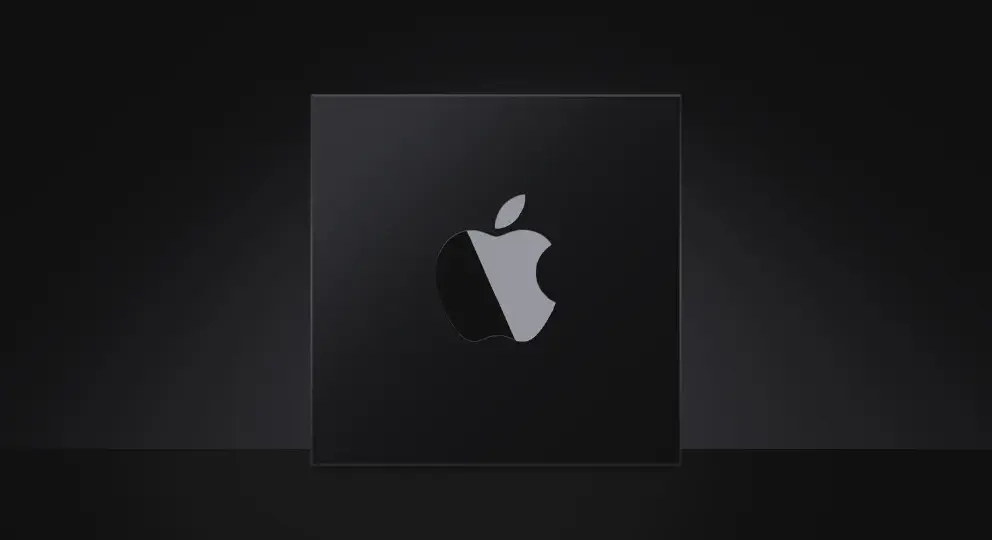One of the craziest things that people thought Apple did was create a chip in their design to run the iPhone. For a lot of companies, the final product is a collection of components that are put together to create something new. Companies usually don’t create the component itself because of the high risk and cost involved. And through the years, Apple pushed the envelope into what kind of performance is possible that you can put in a 5-watt, air-cooled chip.
The next crazier move was turning that mobile chip into something that can actually power a laptop or even a high-end desktop. Again, PC builders like Dell and HP would outsource the chip to Intel or AMD because designing your chip is expensive and mostly will not pay off. But in Apple’s case, the silicon gamble paid off in spades.
M1: How everything started
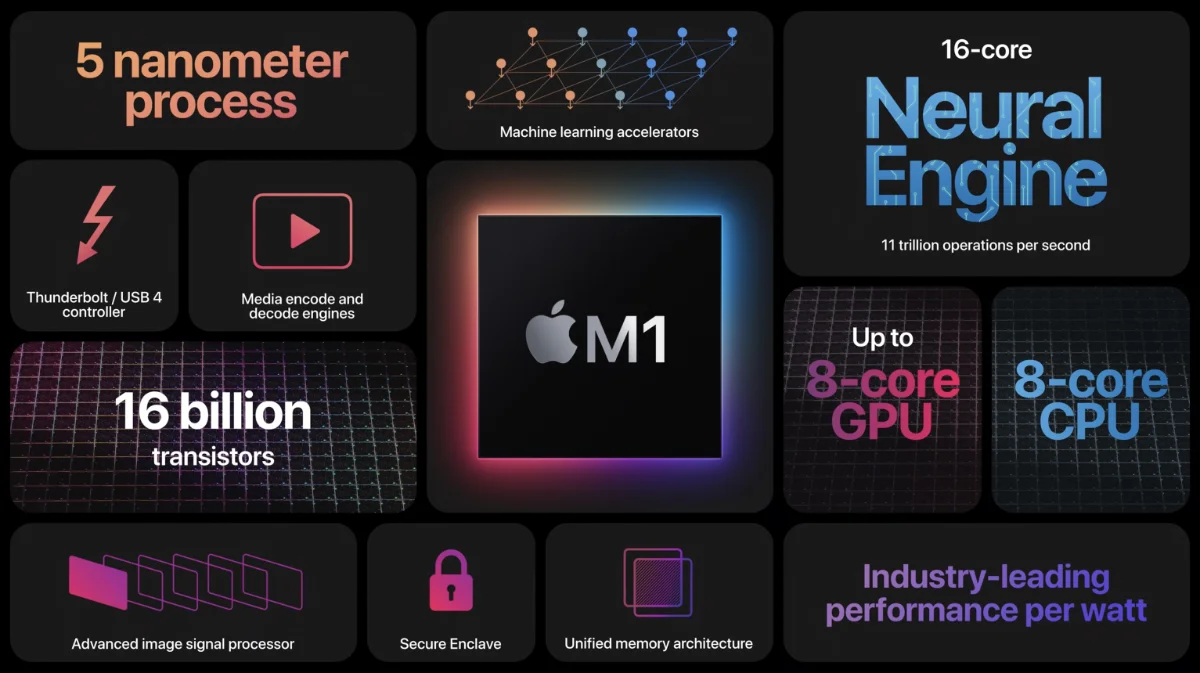
The first Apple Silicon was the M1 family. There’s no meaning to what M stands for, but many assume it means “Mac” after Apple’s line of computers that kick-off the company.
There were a lot of rumors running behind the scenes about Apple working on a replacement of the Intel chip that runs the Mac, but many held their breath and waited for the announcement. After all, Intel on the Mac was great in the beginning, but there were issues: the Mac runs hot, partly because Apple’s designs are thin, they are underpowered compared to their competitors and Intel won’t make chips that Apple wanted. So Apple’s solution is to kick Intel to the curb and go on their own.
It was a highly risky move since no one would build their chips to run their machines. Multi-billion dollar companies that sell PCs like Dell, HP, and Levono all relied on Intel and AMD to run the machines that they sell, and building their solution is a bridge too far. Apple, after all, is different.
Apple Silicon was first announced at WWDC 2020 with an end-of-the-year release date. To kick things off, Apple offered a transition unit, a Mac Mini that runs A12Z that used to run the iPad Pro to help developers build apps that will run on the new Macs. In late 2020, the first Apple Silicon was unveiled: the MacBook Air and Mac Mini are identical to the ones that Apple has always run but the guts changed. And from that on, everything changed.
First off, the M1 family presents a different take on what a chip that runs laptops and desktops should look like. Unlike Intel which is a monolith chip with graphics on the side, the M1 is a huge chip with many specialized cores running on a single die. Some parts of the processors do the general computing stuff, which has different kinds of cores for different kinds of workloads. There’s a powerful graphic chip and for the first time, a laptop with a built-in NPU, or neural processing unit that helps with machine learning tasks like recognizing objects in a picture. The M1 also has different cores to help with the I/O like real-time disk encryption, a secure enclave for TouchID/FaceID to work, and handling displays, storage, and keyboard and mouse.
The result was a brand-new device for Apple that leap-frogged the competition. The MacBook Air with M1 is a laptop that is cooled by air instead of fans so it runs silent but can edit 4K raw videos and play games. The old Macbook Air that ran Intel couldn’t even do that. Furthermore, the battery life doubles than the previous generation. It is like having a new battery technology, but what Apple did is optimize it.
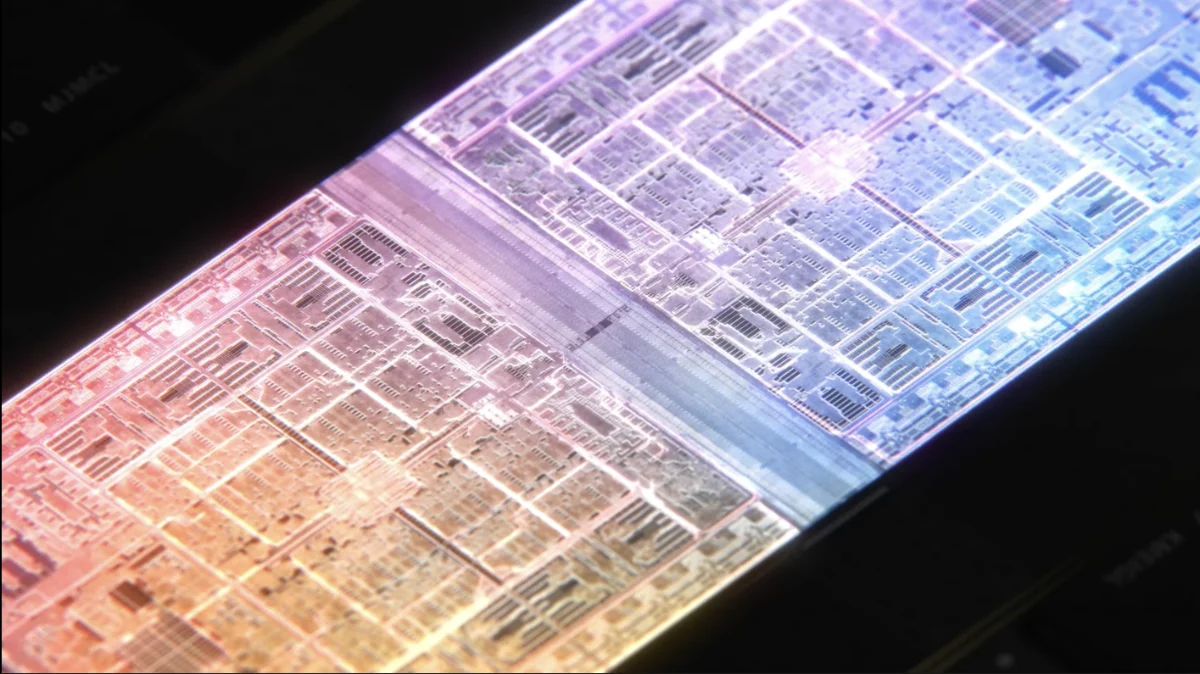
M2: Improvements
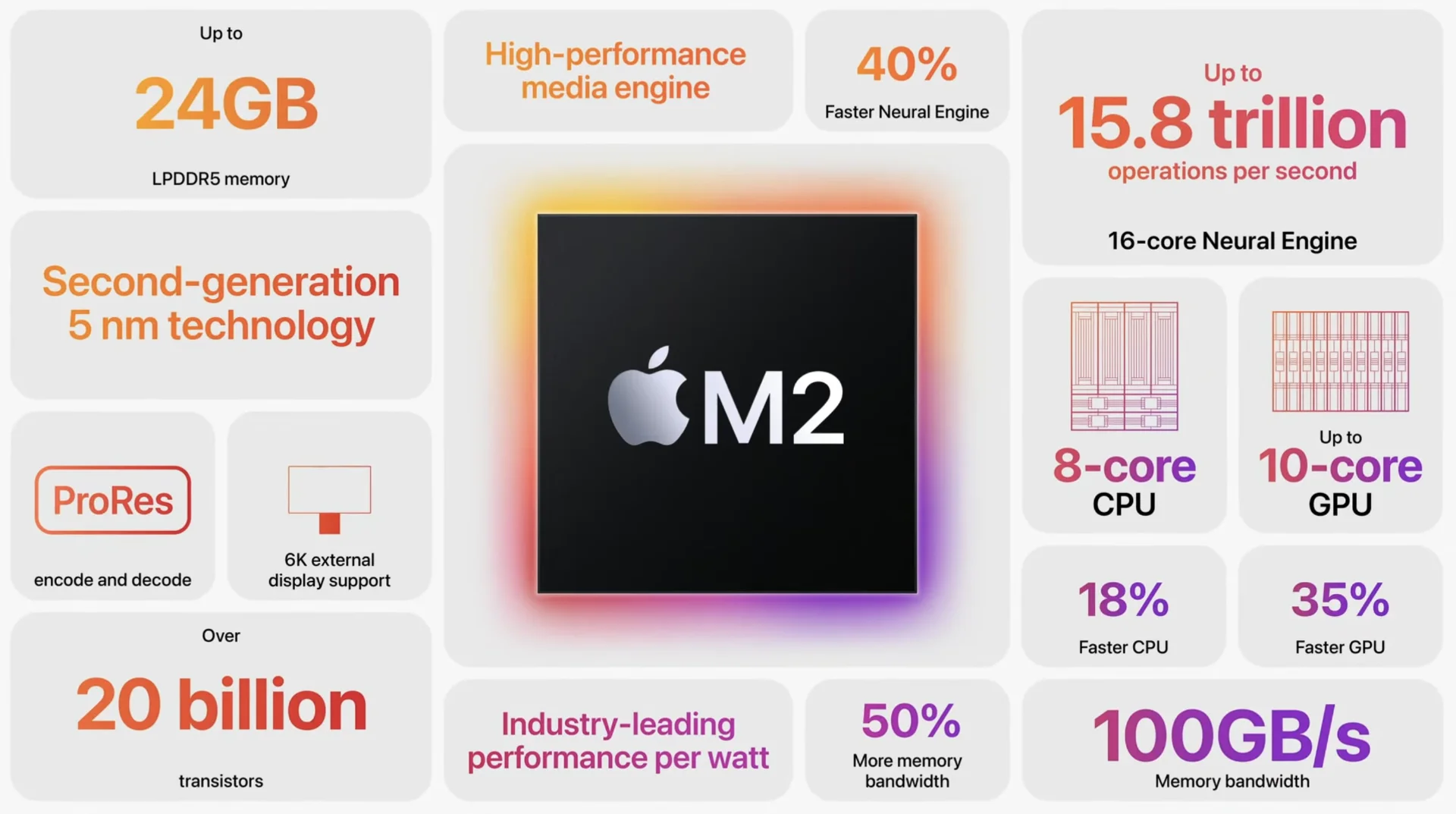
The M2 family is the follow-up on the M1 Family. What Apple learned in the M1 family, the M2 addresses all the deficiencies and shortcomings. Graphics, where the M1 has been criticized despite having one of the most powerful on-chips has been improved. Other than that, everything else follows the same pattern: M2 for the base consume chip and M2 Max derivatives for the professional customers. M2 Max derivatives are the M2 Pro which is M2 Max with graphic cores cut out and M2 Ultra where two M2 Max are connected via UltraFusion.
Then, things started to change. You will see that the M3 family is a departure from what Apple was doing before. Releasing strategy changed. Even the designs have changed.
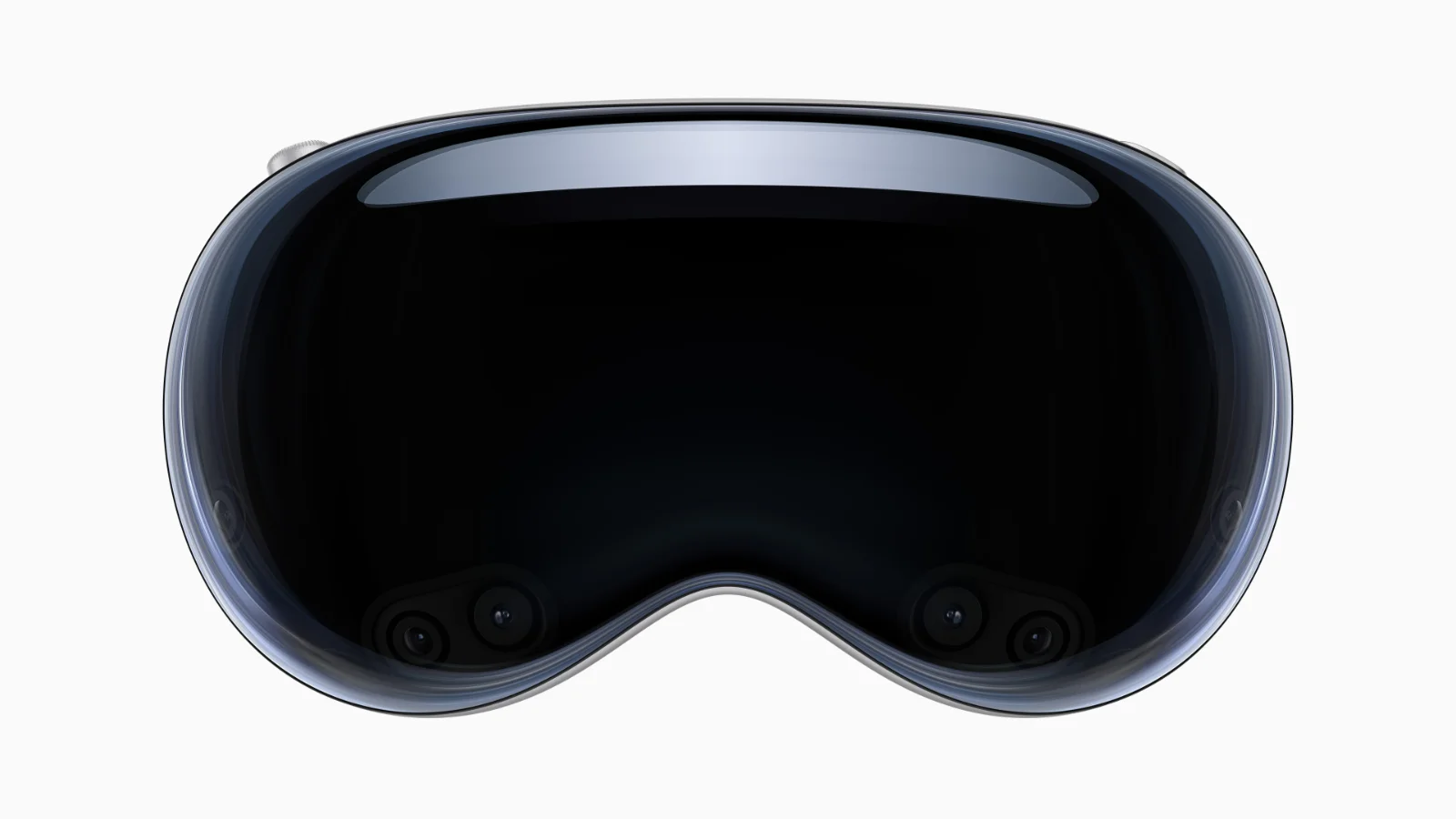
M3: Hardware feature
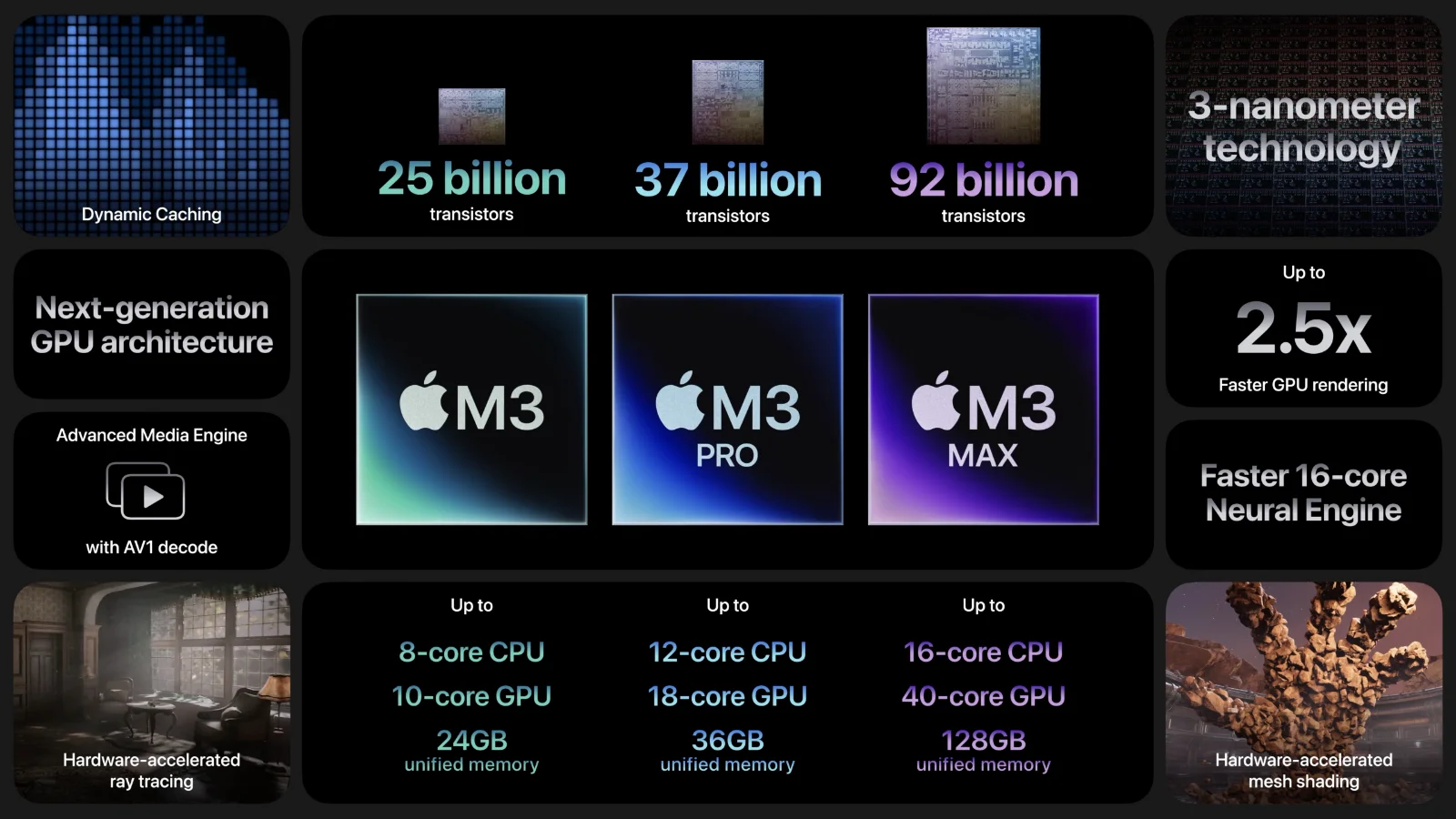
The M3 Family brought big changes in Apple’s strategy. First and foremost, the entire family was introduced in a single event instead of dripping out over the year. More importantly, Apple has substantially changed the designs for each of the M3 family members.
First and foremost, the graphic cores have been a lot more beefier than before. For the first time, the graphic cores now have hardware accelerators that make ray-tracing and mesh shading even faster. The base M3 can also support an 8K display, far higher than the previous limit of 6K.
The base M3 is also much capable that it can support up to 24GB of memory instead of the 16GB ceiling as before. Apple also introduced dynamic caching to ensure more efficient memory utilization.
Secondly, the M3 Pro is no longer a cut-rate version of the M3 Max. It is now a unique design that is more optimized. The M3 Max is now more performance-orientated.
Finally, there’s no M3 Ultra. One of the things that Apple learned from the UltraFusion project is the performance increase by merging two Max chips into a single chip does not translate into a linear performance. Performance degraded before the bottleneck of having to communicate between those two Max chips despite a massive bridge.
M4: The real next generation
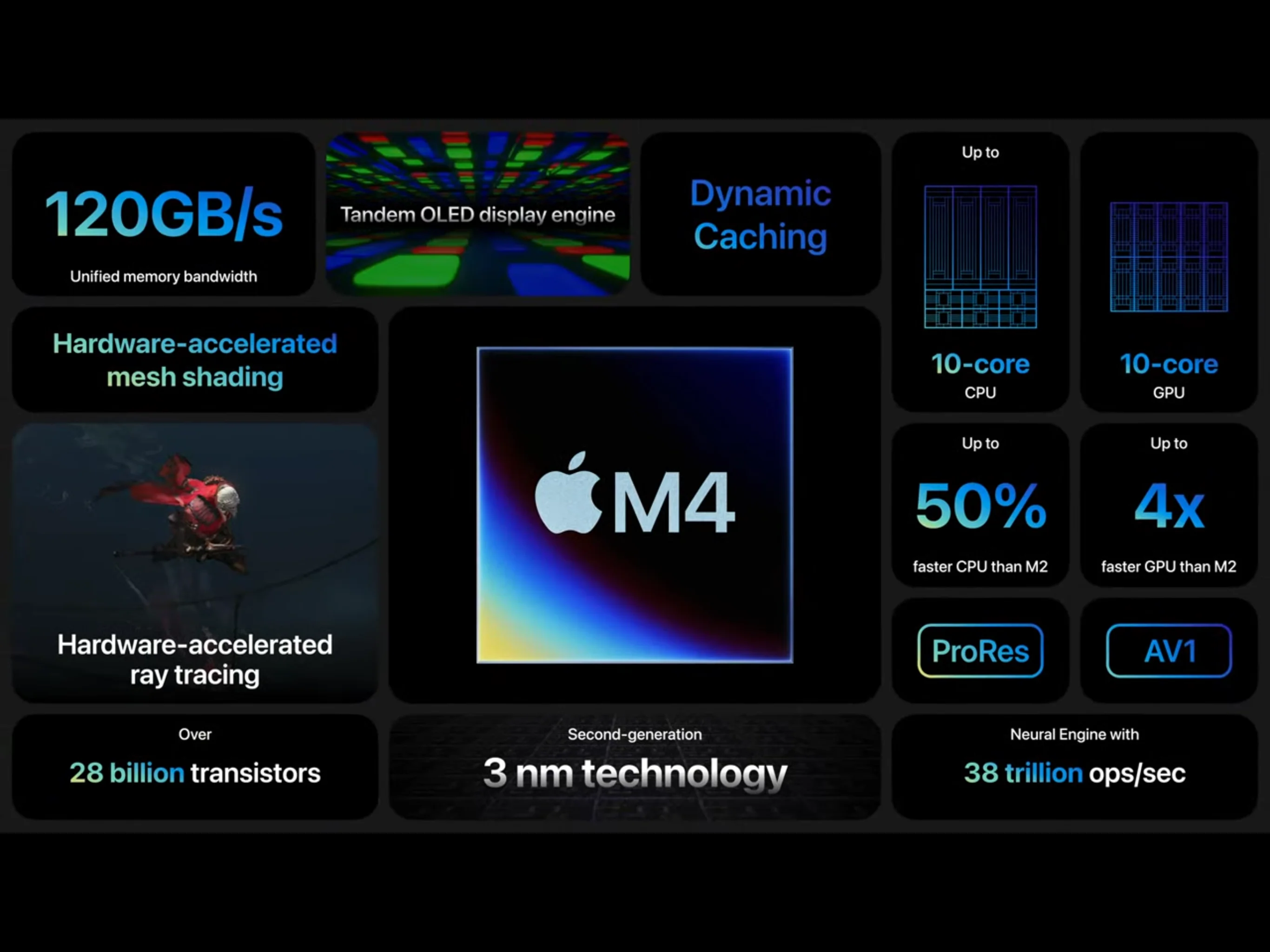
The M4 comes as a surprise to many. First, instead of introducing one of the Macs as before, the M4 is introduced on the iPad Pro.
The M4 is currently the best chip that Apple made. Performance-wise, the M4 has shown that it can beat an M2 Max in CPU synthetic benchmarks despite the M2 Max having more cores and optimized for performance.
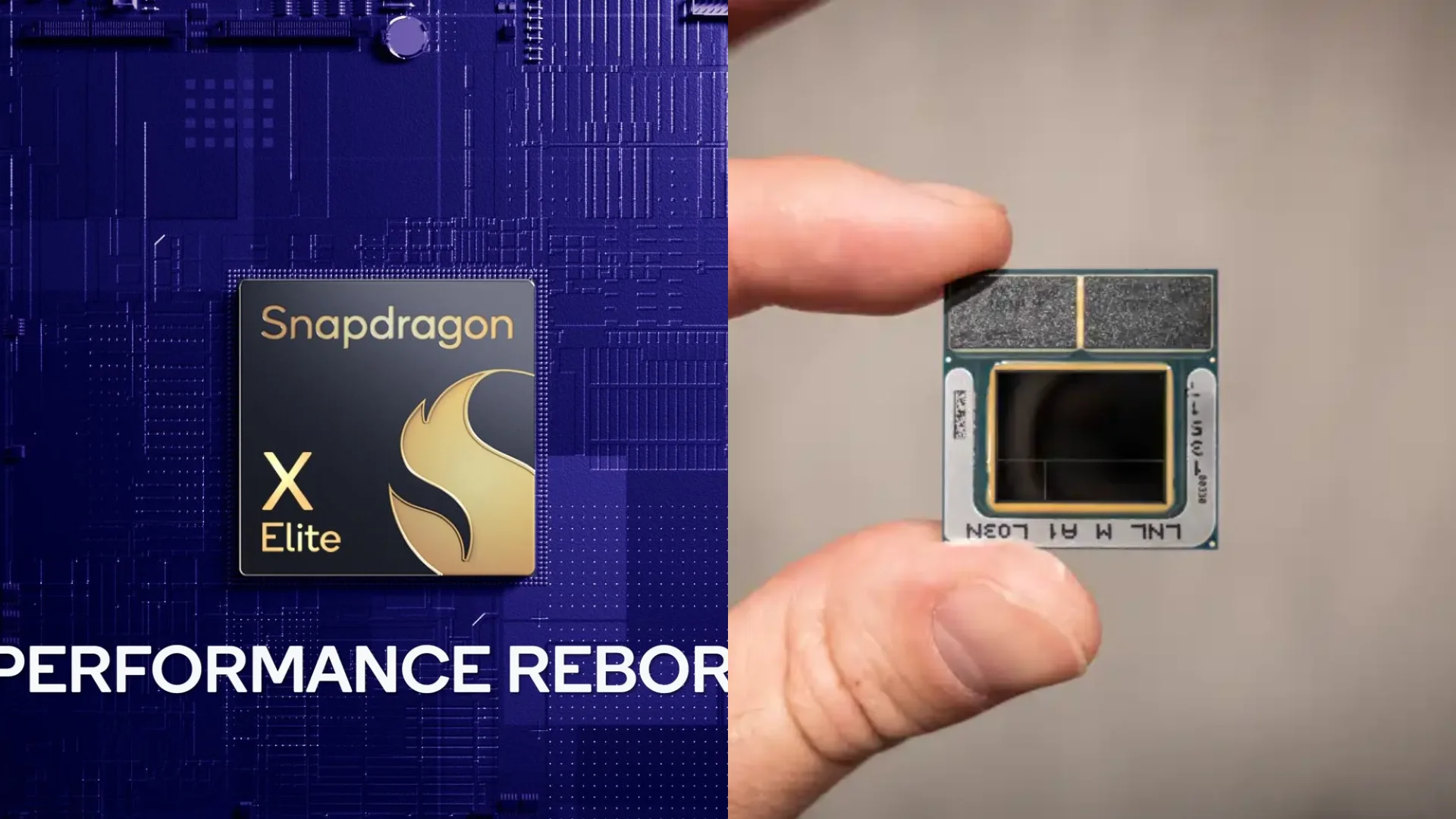
The more interesting note is the external news that might have forced Apple’s hand. Competition might have finally caught up with Apple. Around the same time, Apple’s chief competitor in the mobile space, Qualcomm released a laptop version of their mobile chip called SnapDragon X Elite. Intel’s latest release, codename Lunar Lake has different cores and memory all embedded on a single package. Everyone saw the innovation in Apple Silicon and you know you’re right when everybody is copying your solution.
We have yet to meet the rest of the M4 family. It would be interesting to watch how Apple will introduce them soon.
Related: iPad Pro M4 vs MacBook Air M3
Next Steps:
So what will the next steps be for Apple Silicon? Here’s what we think:
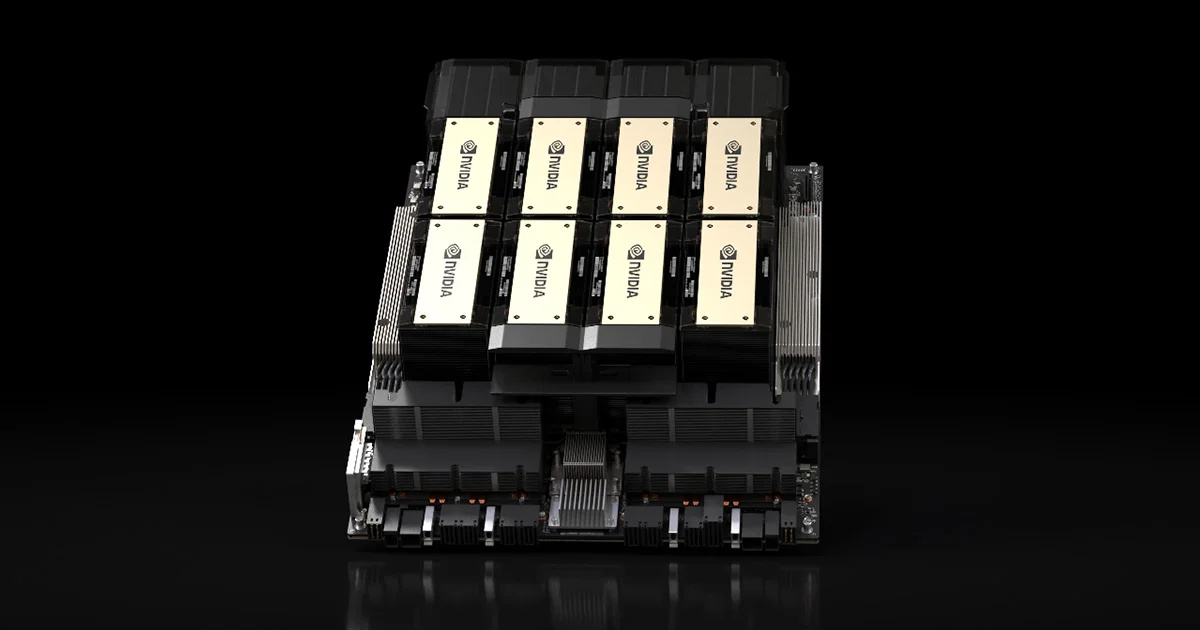
AI: Artificial Intelligence, or better pattern recognition will be a new center point for Apple. Apple has rightly bragged about how Apple is one of the first companies to put an NPU in their devices. Now Apple will capitalize on that feature with their software like better object recognition, text generation, and many other “AI” features.
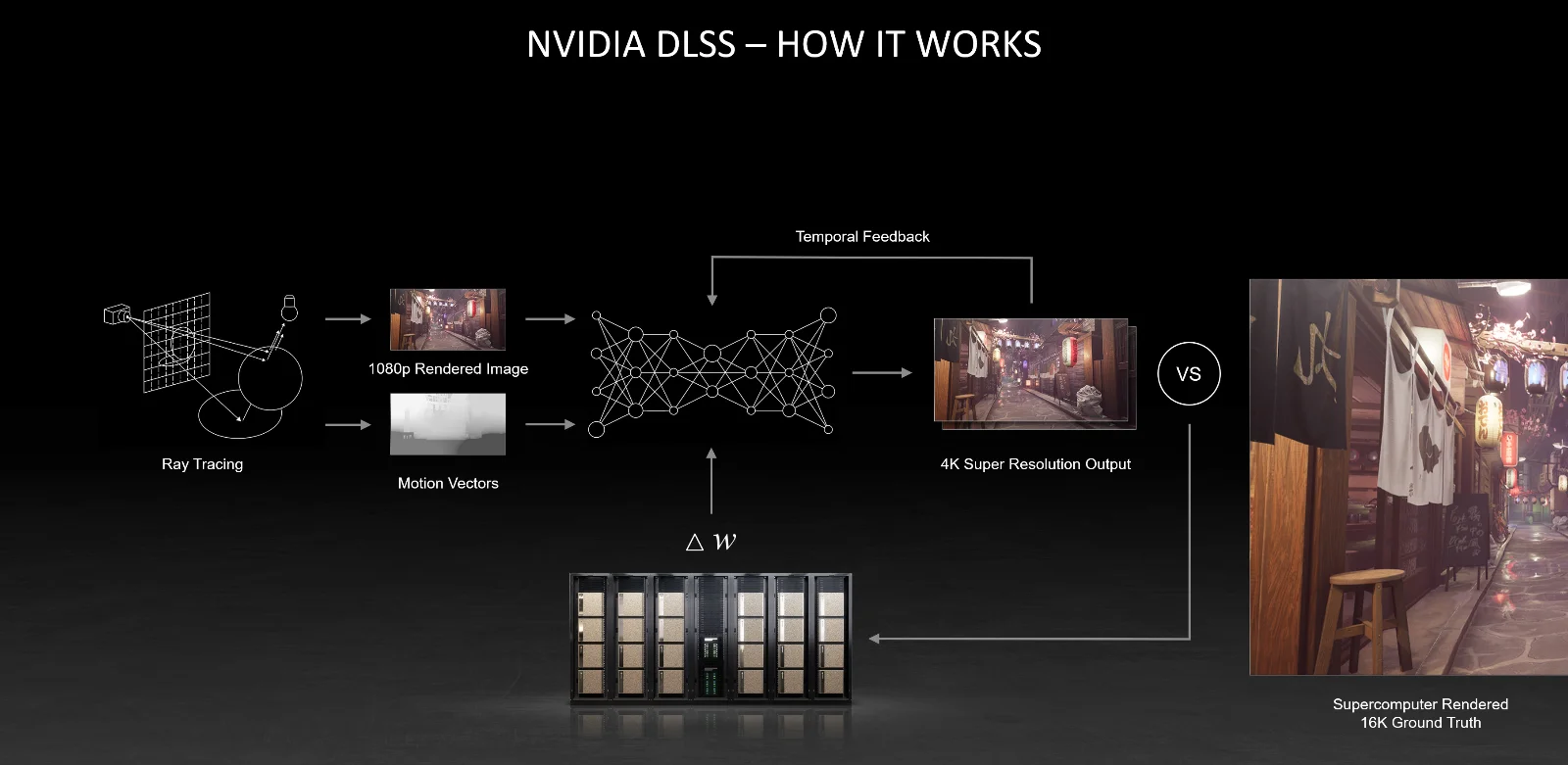
Graphics: With the base M2 powering the Vision Pro depth-aware visionOS, future Apple Silicon will have a greater emphasis on graphics. More graphical features will be hardware acceleration from video codecs to ray-tracing and mesh shaders.
Plug
Support this free website by visiting my Amazon affiliate links. Any purchase you make will give me a cut without any extra cost to you
| Base | Pro | |
|---|---|---|
| iPhones | iPhone 16 / iPhone 16 Plus - (Amazon) | iPhone 16 Pro / iPhone 16 Pro Max - (Amazon) |
| Watch | Apple Watch SE (Amazon) / Apple Watch Series 10 | Apple Watch Ultra 2 (Amazon) |
| AirPods | AirPods 4 (Amazon) | AirPods Pro 2 (Amazon) / AirPods Max (Amazon) |
| iPad | iPad 10 (Amazon) / iPad Mini (Amazon) | iPad Air M2 (Amazon) / iPad Pro M4 (Amazon) |
| Laptops | MacBook Air M3 (Amazon) | MacBook Pro M3 (Amazon) / MacBook Pro M3 Pro/Max (Amazon) |
| Desktop | Mac Mini (Amazon) / iMac (Amazon) | Mac Studio / Mac Pro |
| Displays | Studio Display (Amazon) | Pro Display XDR (Amazon) |
Other Ecosystem Items
